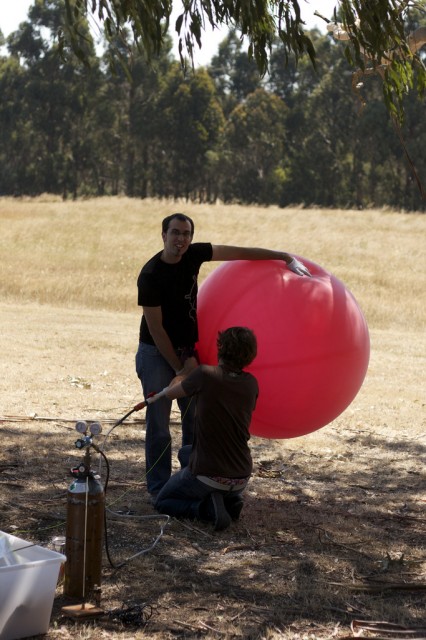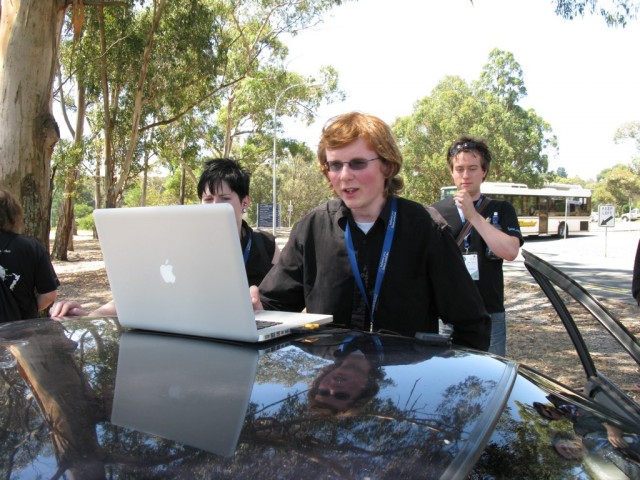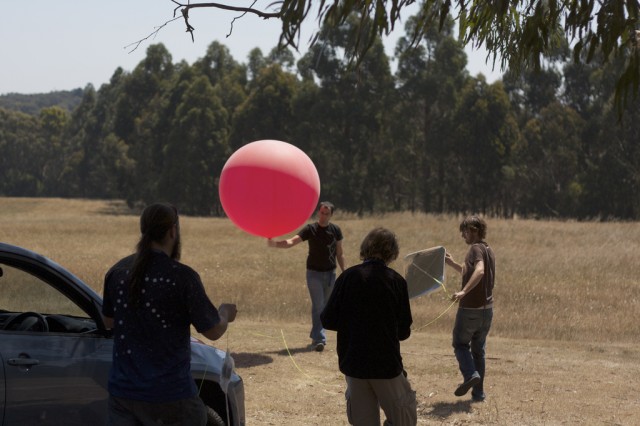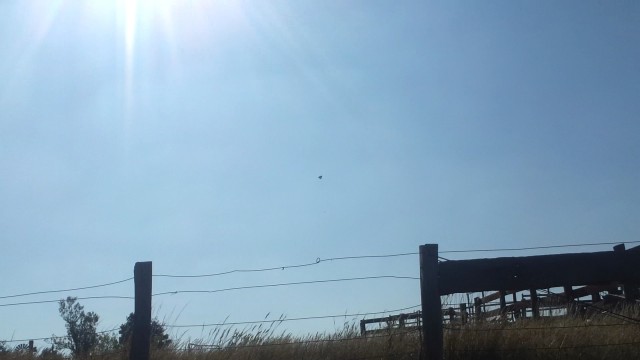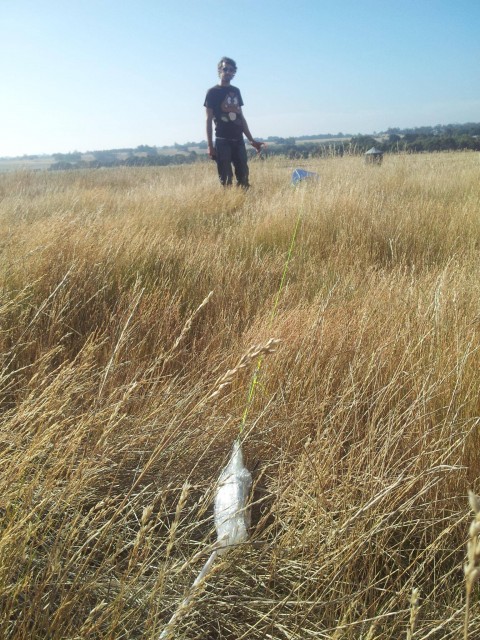Horus 21
Technical information:
| Launch date | 20/1/2012, 02:16 pm |
| Landing date | 20/1/2012, 04:42 pm |
| Flight duration | 2 hour, 26 minutes |
| Launch site | -37.62646, 143.88928 |
| Landing site | -37.32755, 144.49687 |
| Flight path | Web,В KMZ |
| Distance travelled | 63.1 km |
| Maximum altitude | 20,863 m |
| Average ascent rate | 3.2 m/s |
| Impact speed | 4 m/s |
| Flight computer | MiniNut Flight Computer |
| GPS module | uBlox 5 |
| Radio transmitter | Radiometrix TX1H 100mW (RTTY) 144.390MHz |
| Telemetry | 300 baud RTTY, CRC16 checksum |
| Video Cameras | None |
| Tracking | Ground stations (distributed listener), 2 chase cars, web based tracker |
Details:
Horus 21 was the second micro-payload launch at Linux.conf.au 2012, in Ballarat, Victoria. We still had half a tank of gas left over from Horus 20, and a spare 200g red Hwoyee balloon, so we decided to do another launch with an old MiniNut payload Mark had brought along. This payload had no antenna, but with the help of a local amateur radio operator, Josh Mesilane (VK3HGI), we managed to hack up a small antenna and some batteries, and still keep within the 50g weight limit.
Joel and Terry filled the balloon while a small crowd gathered. Since this was a VHF payload, and we didn't bring a suitable antenna, Josh set up his car for balloon chasing with Mark handling telemetry.
After confirming the telemetry payload was working, the balloon was released and Josh and Mark departed, with Terry following.
Predictions had the payload landing on the northern side of the Lerderderg State Park, so Josh and I set off through the park to Trentham, and then through to Woodend. The flight proceeded as expected, with the balloon bursting at 20.8km altitude. Thanks to our offline predictor, Josh and I were able to get well ahead of the falling payload and arrive at the predicted landing zone a good half an hour ahead.
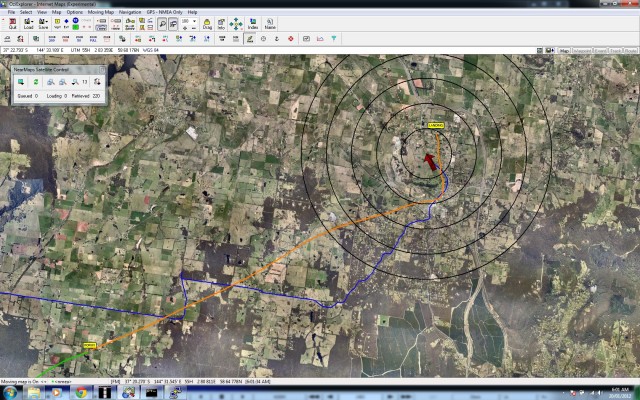
Chase PC screenshot, halfway through the chase. Green = Payload track, Orange = Payload predicted track, Blue = Chase car track.
We waited around for a while while Terry caught up, then started to move closer to the constantly updating landing site. As the payload came in for landing, we were able to see it fly over our heads and into a field on the side of the road.
After a brief chat with the owners of a nearby house, we went into the field and easily found the payload.
Mark recorded some shaky-cam footage during the launch and landing, which our resident video guru Grant was able to turn into something useful:
